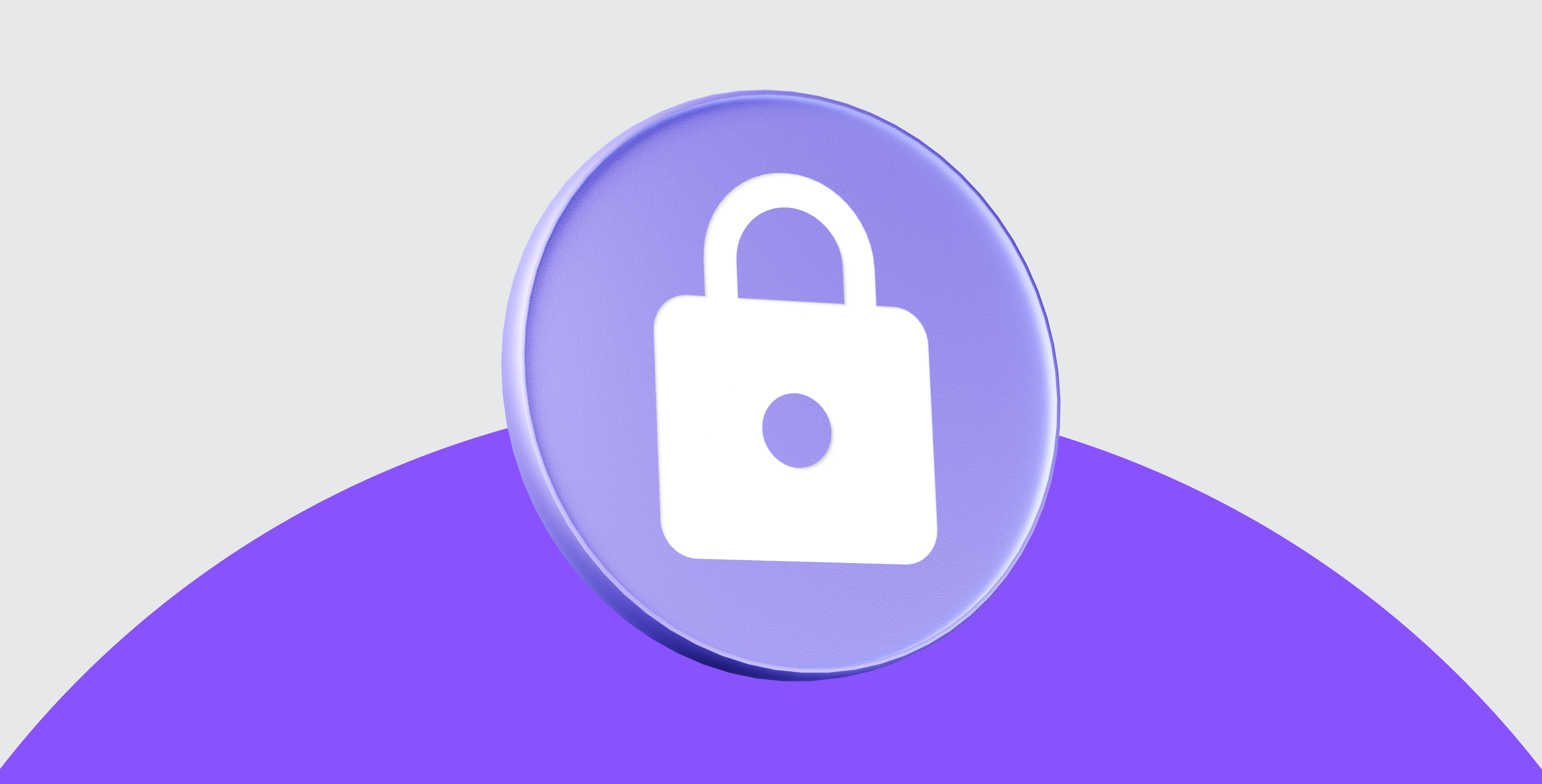Why Buying Bitcoin During Extreme Fear Can Be a Profitable Strategy

Seasoned investors often talk about the value of going against the crowd. Contrarian wisdom from investing legends like Warren Buffett famously said: “Be fearful when others are greedy and greedy when others are fearful.” This contrarian approach suggests that when most people are panicking, assets might be undervalued and an opportunity arises for smart investors to buy assets at a discount.
Similarly, 18th-century banker Baron Rothschild is credited with advising investors to “Buy when there’s blood in the streets, even if the blood is yours”. Both Buffett and Rothschild built their wealth by doing the opposite of what most people were doing. Instead of following the herd, they chose to buy when fear was at its peak and prices had dropped.
History shows that the worse the market panic, the better the potential deals.
During crashes or fear-driven selloffs, prices often fall well below their true value. What both Buffett and Rothschild pointed out is that fear can cause irrational decisions, which creates unique buying opportunities. These low points often come just before markets begin to recover.
So, could the same thinking apply to crypto and Bitcoin?
Applying The Contrarian Investing Strategy to Bitcoin
Bitcoin’s volatile price cycles have shown time and again that buying during periods of fear can lead to significant rewards. The market sentiment surrounding Bitcoin tends to swing dramatically, often alternating between euphoria and despair, however, history has proven that Bitcoin regularly recovers from major corrections, rewarding those who adopt a contrarian approach.

Since 2018, Bitcoin has seen some large flash crashes where market panic sets in. Yet when observing the returns in the proceeding 12 months from these crashes, it is clear that almost always Bitcoin resolves to the upside — with the COVID crash recovering over 1,500%.
These examples show a clear trend: Bitcoin tends to recover strongly after periods of extreme fear. While buying during these times can feel uncomfortable, history shows that these "low points" often offer some of the best investment opportunities when confidence returns.
How Can We Tell if The Market is Fearful Enough For Us To Buy?
To gauge market sentiment in the world of cryptocurrency, many investors use the Bitcoin Fear & Greed Index. This index takes data from factors like price volatility, market trends, and social media activity, then produces a daily score from 0 to 100.
- A low score (0-24): Means “Extreme Fear,” indicating investors are very worried.
- A high score (75-100): Means “Extreme Greed,” indicating investors are overly euphoric
Fear & Greed Index Below 20 Coincides with Bitcoin Market Bottoms
In practice, many Bitcoin investors use this index as a contrarian indicator. When the index is very low (for example, below 20), it signals that market sentiment is exaggerated to the downside – and such conditions have usually preceded Bitcoin bottoms in the past.

As seen above, when the Fear & Greed index is below 20 Bitcoin is historically getting close to bottoming or has bottomed already and is starting its recovery.
Intuitively, this can be a clear signal for contrarian investors that it’s time to buy the asset as the market is overreacting in a time of panic.
How Can You Take Advantage of The Fear & Greed Index While Investing?
One practical way to invest in Bitcoin is Dollar-Cost Averaging (DCA) – investing a fixed amount on a regular schedule (weekly, monthly, daily, etc.).
DCA helps smooth out volatility and takes the emotion out of the equation, but what if we can add a touch of Buffet’s contrarian investing to a standard DCA — with the Fear & Greed Index, we can.
Instead of investing your fixed amount on a regular schedule based on time, invest your fixed amounts based on the Fear & Greed index value — the returns will shock you.
How The Fear & Greed Dollar-Cost Averaging (DCA) Strategy Performed
Let’s compare a few traditional Bitcoin DCA approaches against a Fear & Greed DCA to see if being contrarian can help maximise returns over the last 7 years.
Strategies:
- DCA Weekly: Investing every week, regardless of price.
- DCA Monthly: Investing every month, regardless of price.
- DCA Daily: Investing every day, regardless of price.
- DCA Daily – Only When Fear & Greed is Below 20: Investing every day that the Fear & Greed Index is below 20 (extreme fear).

From the above, it is clear that all strategies would have made excellent returns given Bitcoin’s growth, but the Fear & Greed DCA strategy outperforms its closest competitor (DCA Daily) by over 384%.
By only investing on days when the Fear & Greed Index was below 20, this strategy strictly accumulated Bitcoin only during market panics, and as such, has resulted in a return of almost 11x the initial investment.
While this doesn’t mean timing the market is easy – it does show how powerful Buffett’s “greedy when others are fearful” mantra can be when systematically applied.
Final Thoughts on Seizing Opportunities in Fearful Markets
The Fear & Greed Index is a handy compass for that psychological landscape. Buying Bitcoin when the Fear & Greed Index is below 20 (extreme fear) has proven to be a strong strategy in hindsight.
Next time the Fear & Greed Index flashes Extreme Fear, take a step back. While others run for the exits, remember, history has shown that fear creates opportunity. The biggest wins often come to those who dare to act when the market is at its bleakest.
Baron Rothschild’s famous words remind us that discomfort is often the price of extraordinary returns. When there’s “blood in the streets,” those who have conviction and take calculated risks stand to gain the most.
The market pendulum always swings - fear to greed, panic to euphoria. The only question is: Will you be ready when it does?




